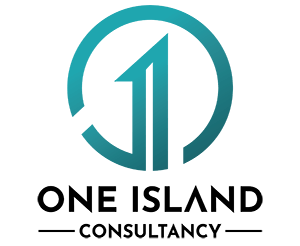This interactive training course provides you with a thorough understanding of quality risk management as set out in ICH Q9. The updated information to be reflected the 2023 Revision 1 of ICH Q9. We explore the full extent of the approach and practice the most commonly used tools and techniques to improve your decision-making skills, and better protect your company and your patients by addressing both proactive and reactive risk management.
We show you how to take a structured, risk-based approach to quality management to enable a science- and data-based approach toward the business, enabling a detailed process understanding to allow establishing control strategies. We explore the best practice approaches including risk perspectives and incorporating risk in the pharmaceutical quality system.
We start with underlying facilitation methods and tools such as flowcharts, process mapping, and cause and effect diagrams (also called Ishikawa or fish bone diagrams). We then consider the statistical tools that enable effective data assessment, aid in determining the significance of the data set(s) and facilitate more reliable decision-making, including control charts to turn data into information.
We introduce the less frequently used tools and their applicability, and explore real-life scenarios and case studies using the most commonly used techniques of failure mode effect analysis (FMEA) and Hazard Analysis and Critical Control Point (HACCP).
Course Objectives
- By the end of this training, you will:
- Understand how to apply ICH Q9 routinely and in times of crisis in the workplace
- Learn how and when to use the supporting facilitation and statistical tools
- Learn decision-making tools such as FMEA and HACCP
Course Outline:
- Day 1
Risk-based decision-making – The theory
QRM Program Overview
Regulatory Overview
QRM Elements
Roles and Responsibilities
Risk Planning
Risk Assessment
Workshop 1 -Participant led facilitation of example case studies
Good decision-making practices (reactive and proactive)
Day 2
QRM Tools
Risk Control
Risk Reports and Outputs
Practical implementation and use of ICH Q9
FMEA and HACCP
Workshop 2- case study
Fishbone diagrams and many more techniques
Q & A
Language: English
At the end of this course, participants will be able to:
- Understand the background of ISO 9001 and be able to identify the requirements set by each standard.
- Put into practice the fundamental techniques for performing internal audits. This means having the ability to identify improvement opportunities within your organization, and to prevent undesirable situations from occurring.

